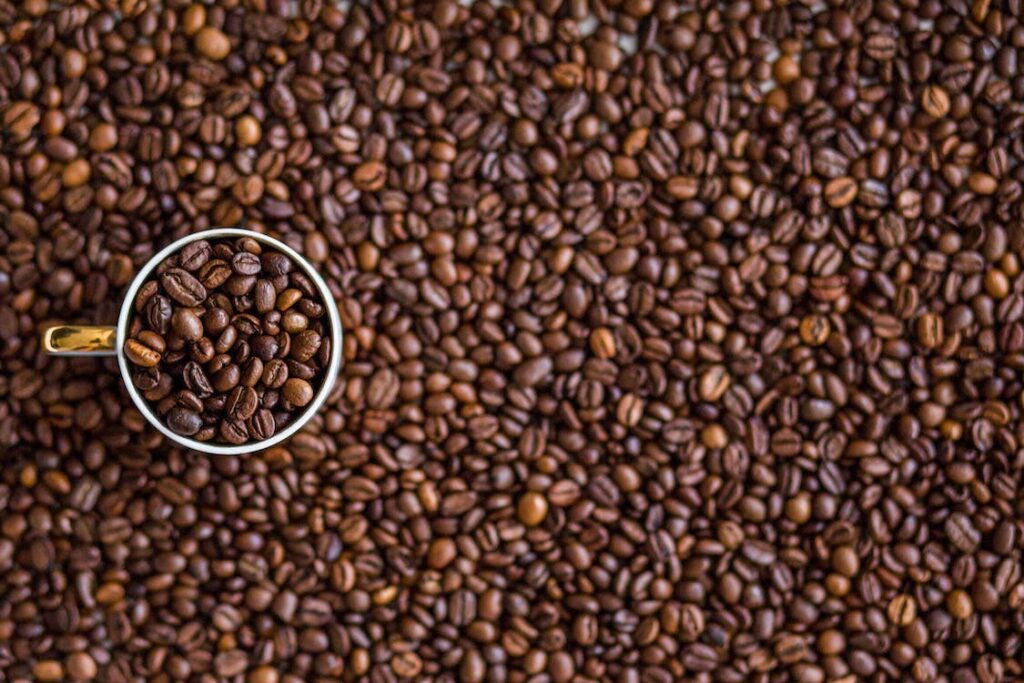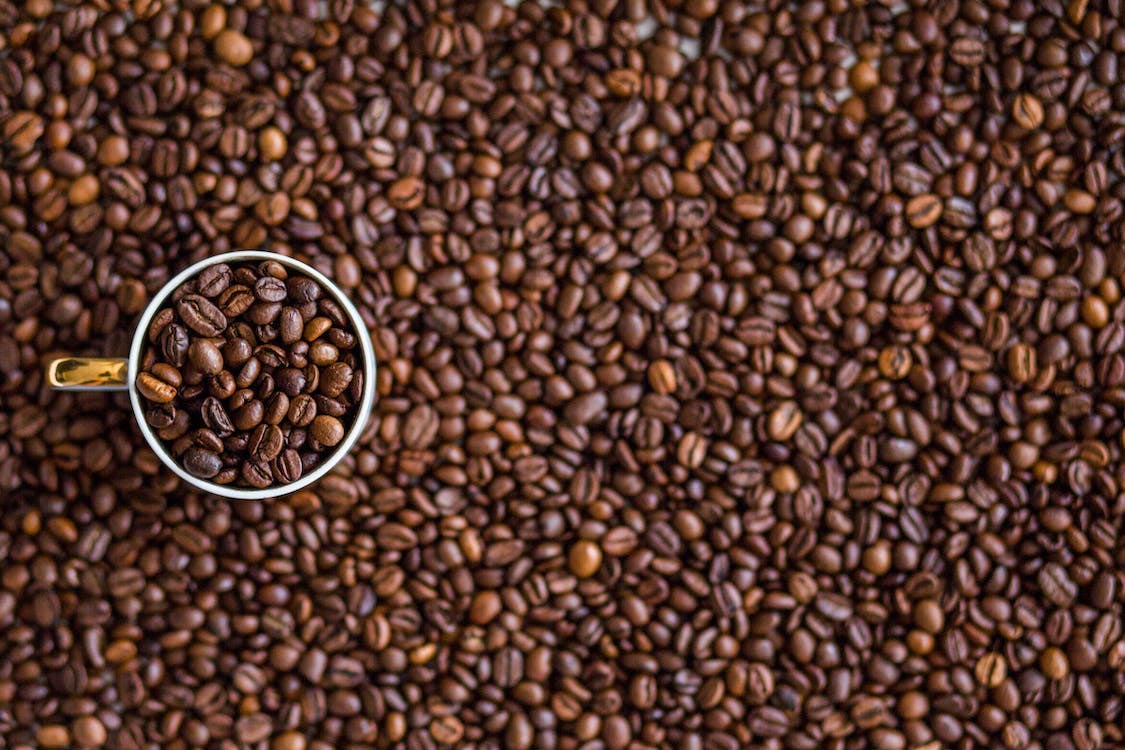
Brewing Perfection: Decoding How Many Beans Per Cup of Coffee
The quest for the perfect cup of coffee is a journey undertaken by millions worldwide. It’s a pursuit fueled by the aroma, the ritual, and, of course, the taste. But before that first, glorious sip, a crucial question arises: How many beans per cup of coffee? This seemingly simple query unlocks a world of variables, influencing everything from strength and flavor to the overall coffee experience. In this article, we’ll delve deep into the science, the art, and the practical application of bean-to-cup ratios, providing you with the knowledge to elevate your coffee brewing game.
The Foundation: Understanding the Bean-to-Water Ratio
At the heart of every exceptional cup lies the bean-to-water ratio. This ratio dictates the concentration of coffee solids extracted from the beans, directly impacting the resulting brew’s strength and flavor profile. Think of it as the recipe for your daily dose of caffeine. A higher ratio of beans to water results in a stronger, more concentrated coffee, while a lower ratio yields a milder, more delicate cup. The ideal ratio, however, isn’t a one-size-fits-all answer. It’s a matter of personal preference, the type of beans used, and the brewing method employed.
The Standard: A Common Starting Point
While individual preferences vary, a widely accepted starting point for the bean-to-water ratio is approximately 1:15 to 1:18. This means for every gram of coffee, you’ll use 15 to 18 grams of water. For example, if you’re aiming to brew a single cup of coffee (typically 6 ounces or 177 ml), you would use roughly 10-12 grams of coffee beans. This range provides a balanced starting point, allowing you to adjust to your liking. The exact number of beans needed also depends on the bean density and grind size, but this is a good baseline for most coffee lovers.
The Variables: Factors Influencing Bean-to-Cup Ratios
Several factors can influence the optimal amount of coffee beans per cup. Understanding these variables will empower you to fine-tune your brewing process and achieve the perfect cup consistently.
The Bean Type
Different coffee bean varieties possess unique characteristics. Arabica beans, generally known for their complex flavor profiles and lower acidity, often require a slightly lower bean-to-water ratio compared to Robusta beans, which are more robust, bolder, and contain more caffeine. Robusta beans might benefit from a slightly higher ratio to balance their intensity.
The Roast Level
The roasting process significantly alters the bean’s composition. Lighter roasts tend to be denser and may require a slightly higher ratio to extract their flavors fully. Darker roasts, on the other hand, are often more porous and might extract more readily, potentially requiring a slightly lower ratio to avoid over-extraction and bitterness.
The Grind Size
Grind size is a critical factor. Finer grinds, used in espresso, require a lower bean-to-water ratio because they offer a larger surface area for extraction. Coarser grinds, used in French press, require a higher ratio as the extraction process is less efficient. Adjusting the grind size allows you to control the extraction rate and ultimately the flavor of your brew. The grind size is as important as how many beans per cup of coffee.
The Brewing Method
Different brewing methods have varying extraction efficiencies. Pour-over methods, like the Hario V60, typically require a slightly lower ratio than immersion methods like the French press. Espresso machines, due to their high pressure extraction, utilize a much lower ratio, often around 1:2 or 1:3, meaning for every gram of coffee, you’ll use 2-3 grams of water.
Personal Preference
Ultimately, the best bean-to-water ratio is the one you enjoy the most. Experimentation is key. Start with the standard guidelines and adjust the coffee-to-water ratio based on your taste preferences. Do you prefer a stronger, more intense cup? Increase the amount of coffee beans. Prefer something milder? Decrease the amount. The goal is to find the sweet spot that perfectly suits your palate.
Practical Application: Measuring and Brewing
Now that we’ve explored the theoretical aspects, let’s discuss the practical application of measuring and brewing. Accurate measurement is essential for consistency. A kitchen scale is your best friend in this endeavor. Weigh your coffee beans before grinding them. Also, measure the water by weight, as this is more accurate than using volume measurements. Ensure you have the right amount of beans to get the best results for your cup of coffee.
Step-by-Step Guide
- Weigh Your Beans: Use a kitchen scale to weigh your coffee beans. Start with the standard ratio (1:15 to 1:18) and adjust based on your preferences and the factors discussed above. For a 6-ounce cup, aim for 10-12 grams of coffee.
- Grind Your Beans: Grind your beans to the appropriate size for your brewing method.
- Heat Your Water: Heat your water to the optimal temperature (around 195-205°F or 90-96°C).
- Brew Your Coffee: Follow your chosen brewing method’s instructions. Ensure proper bloom time (allowing the coffee to degas).
- Taste and Adjust: Taste your coffee and adjust the bean-to-water ratio for your next brew if needed.
Beyond the Basics: Tips for Coffee Perfection
Achieving coffee perfection is a journey. Here are some additional tips to elevate your coffee brewing experience:
- Freshness Matters: Use freshly roasted coffee beans. The fresher the beans, the better the flavor.
- Grind Immediately Before Brewing: Grind your beans just before brewing to preserve the aroma and flavor.
- Use Filtered Water: Water quality significantly impacts taste. Use filtered water for optimal results.
- Clean Your Equipment: Regularly clean your brewing equipment to prevent residue buildup and maintain flavor integrity.
- Experiment and Explore: Don’t be afraid to experiment with different beans, ratios, and brewing methods to discover your perfect cup.
The Final Brew: Mastering How Many Beans Per Cup of Coffee
Understanding how many beans per cup of coffee is an essential aspect of brewing exceptional coffee. By considering the bean-to-water ratio, bean type, roast level, grind size, brewing method, and your personal preferences, you can consistently brew a delicious cup of coffee tailored to your taste. Remember, the perfect cup is a journey of experimentation and discovery. Embrace the process, savor the aroma, and enjoy the rewarding experience of brewing a truly exceptional cup of coffee. The key to a great cup lies in understanding how many beans per cup of coffee. So go forth, experiment, and unlock the secrets to your perfect brew! The journey to the perfect cup of coffee begins with knowing how many beans per cup of coffee to use.
[See also: Related Article Titles]


